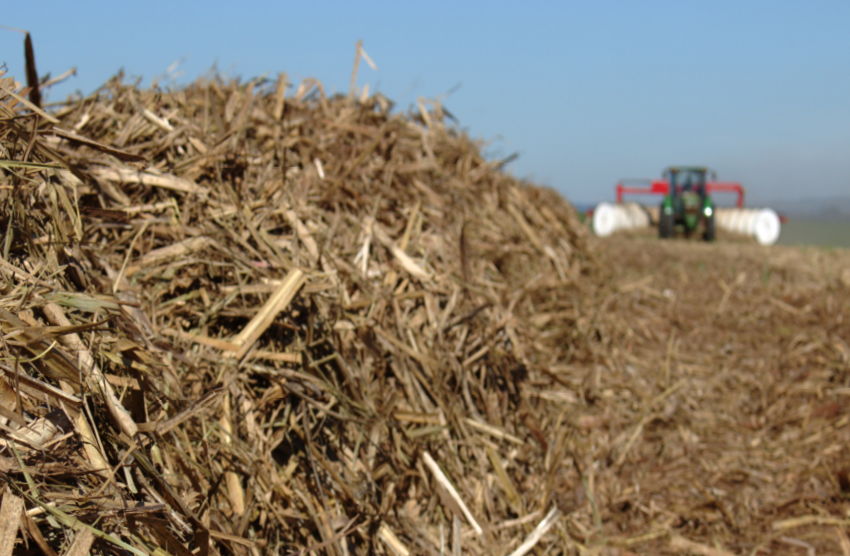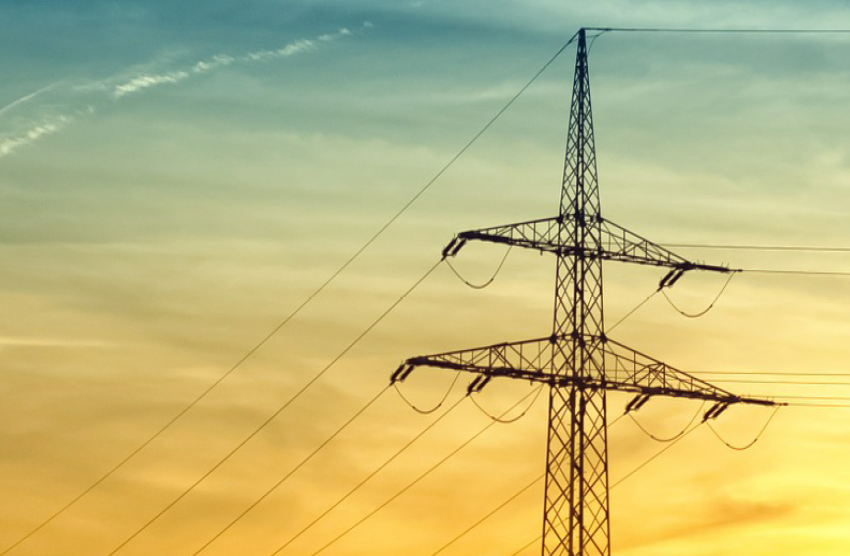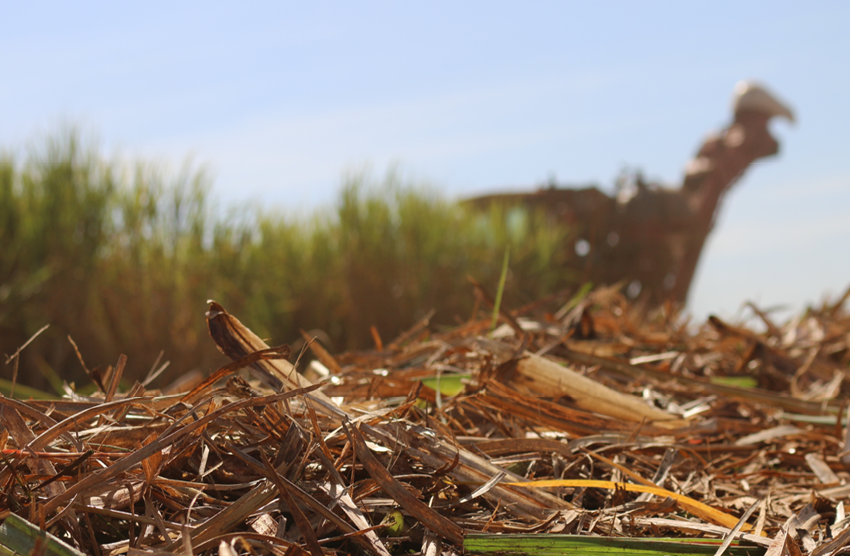Sugarcane is one of the most important/most promising energy crops due to its high primary energy per cultivated area (approximately 600 GJ/ha), but the straw is still underused for electricity generation by the plants. LNBR led SUCRE (Sugarcane Renewable Electricity), a five-year project funded by the Global Environment Facility through the United Nations Development Programme to increase the supply of low-GHG electricity through the generation of bioelectricity from straw. SUCRE is a legacy from 2015 to 2020. This collaboration involved 20 partners who addressed the following main topics: Technologies for straw collection, processing and burning; Economic feasibility of electricity generation in power plants; Environmental and agronomic impacts of straw collection; Legal and Regulatory Framework for the electricity sector; and the Integrated Assessment of the technical, economic, environmental and social impacts of increased straw use for electricity production.
CONTACT US
SUCRE National Project Director
Manoel Regis L. V. Leal
SUCRE Project Manager
Thayse A. D. Hernandes
Contact Us
lnbr.dir@lnbr.cnpem.br






